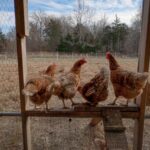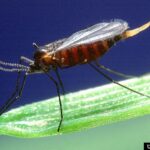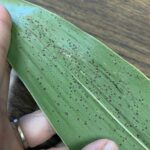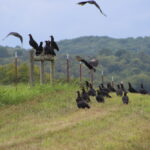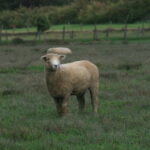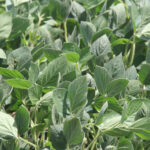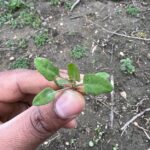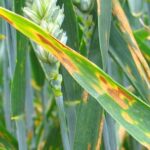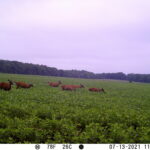Main Content
The Rutgers Homesteading Academy, a once-monthly lunchtime webinar series, was launched by Rutgers Cooperative Extension of Burlington County in October 2021. At that time, the COVID-19 pandemic was ongoing and many residents developed a keen interest in improved self-sufficiency. To date, we have offered 18 webinars that provide introductory information on the breadth of homesteading […]
